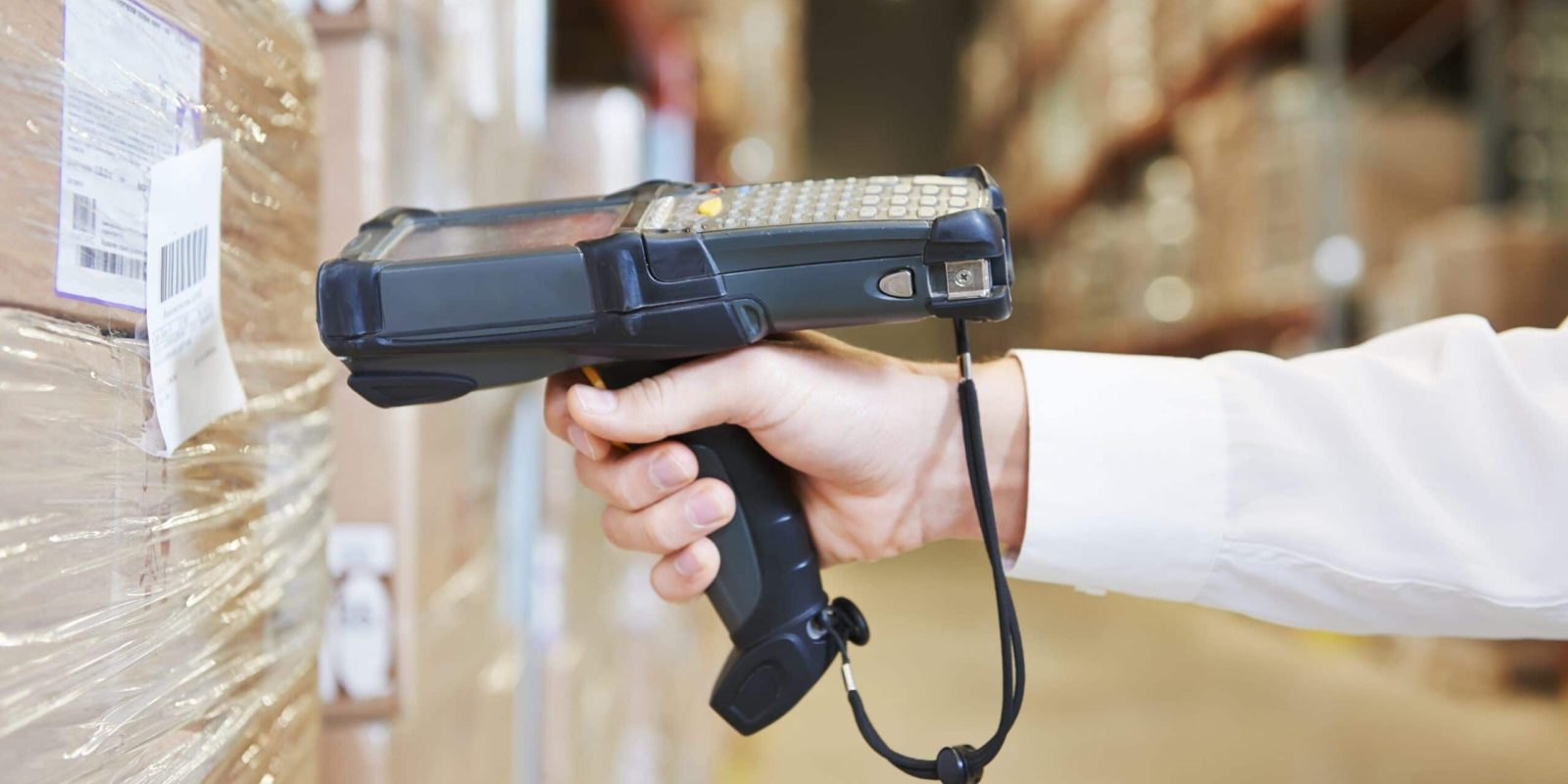What is Food Traceability?
Food traceability is the ability to track any food through all stages of production, processing and distribution.
Although this term isn’t new, it has recently been gaining massive amounts of media coverage. With food supply and safety issues more prevalent than ever, consumers are demanding information and quality control, putting pressure on our food supply chains and their operations.
The Importance of Traceability in Food Safety
Traceability can help reduce food contamination, disease, and spoilage by identifying hazards in the food chain before affected products reach consumers. Traceability in supply chains provides better visibility in emergency situations, helping to be better prepared if something goes wrong.
There are many new food safety and public health requirements, including enhanced disease detection systems, SKU proliferation, Internet enabled reporting, and advances in processing and packaging, that are creating additional hurdles on our supply chains.
“Historically, traceability initiatives across companies have not extended across the entire supply chain and have been limited in scope, relying on requirements or regulations such as ‘one up’ and ‘one back’ levels of responsibility, or proprietary-based systems where limited visibility and traceability were heavily reliant on qualification, certification and frequent audits,” said Andrew Stevens and John Johnson, Gartner, Inc. Analysts. 1
Preparing Our Supply Chains With Food Traceability Software
Arming our supply chains with the most up to date hardware and software solutions that can identify and monitor inventory movement through supply chains is a good start. A major tool that supply chains have quickly adopted is data standardization. The most common one is GS1 US, a global non-profit organization that develops and maintains supply chain standards by providing traceability software to track data such as batch/lot number, and sell by/use by/pack dates.3
Deploying food traceability software and hardware isn’t as easy as it sounds. It takes commitment and multi-year investments to deploy a fully integrated end-to-end supply chain that has greater visibility and of course traceability.

The Case for GS1 Adoption in Supply Chain
Today’s supply chain information and transactions are traded at lightning speeds making electronic communication standards more critical.
Food Recalls Emphasize the Need for Supply Chain Traceability
When Chipotle Mexican Grill, Inc. found itself at the center of a string of food-borne illnesses involving E-coli and Salmonella, affecting thousands of customers, it knew its “Food with Integrity” mission was going to be questioned, and the company needed to act fast.
Chipotle is known for locally sourcing most of its ingredients, which results in a multifaceted web of tracking food supply shipments, making traceability even more important. The company’s traceability program requires its raw ingredients and outbound products to be labeled using a special GS1 barcode that also extends to its palletized cases. That way, any products that are found to be harmful can be tracked back to the original supplier, and recalls can then be implemented to specific batches, keeping 100 percent of product recalls to a minimum.
Because of the company’s use of traceability, it was able to quickly recall the tainted food during a Salmonella outbreak. Chipotle has since made it clear that it will continue to make changes to its supply chain and improve/upgrade its traceability systems, food preparation and testing in order to prevent more outbreaks from happening.
“The key to more efficient recalls and preventing food issues entirely rests with deploying fully integrated end-to-end supply chains that enable greater supply chain visibility and traceability than in the past, and across a more extended network of stakeholders,” said Andrew Stevens and John Johnson, Gartner, Inc. Analysts. 2
Big Names Taking Action
Not only are consumers a driving force in the need for traceability, but so is the Food Safety Modernization Act (FSMA) designed by the Food and Drug Administration (FDA). The FDA have implemented new record keeping requirements to encourage more supply chains to adopt and help drive needed improvements in inventory traceability.
Yes, adoption of traceability is growing but not without growing pains. There are still plenty of companies experiencing the beginnings of implementing traceability solutions as more and more regulations are introduced, such as shorter turnaround times on accessibility of collected food safety data.
Thanks to consumer demand, progressive retailers and the FSMA, there are no signs that this trend will slow down soon. With big names such as Walmart and Costco imposing new standards, tackling single scan traceability and real time dashboard monitoring, enabling supply chain visibility and better customer satisfaction will become even easier.3
Conclusion
Applying or updating a supply chain traceability system starts with investigating your inventory visibility capabilities. Most traceability software will provide real-time intel that can be used to track and trace data for reporting. Having visibility into your inventory can help ensure the product with the nearest expiration date is sent out first and no product gets left behind. Traceability and inventory visibility is also imperative during a food recall.
enVista is fully equipped to serve these inventory visibility needs and make a complex process more simple for food and beverage supply chains. enVista enables companies to perform and focus on the knowledge and resources required for their organizations to significantly improve network-wide supply chain visibility and leverage improved insight for operational excellence.
Contact enVista to improve inventory visibility and traceability with end-to-end supply chain solutions.
*1, 2 – Source Garner Inc., Food Recalls and Fraud Cases Put New Emphasis on Supply Chain Traceability, Andrew Stevens and John Johnson, 15 June 2016
*3 – Source Food Logistics Magazine, F&B Tackles Supply Chain Traceability Head On, Elliot Maras, March 2016







